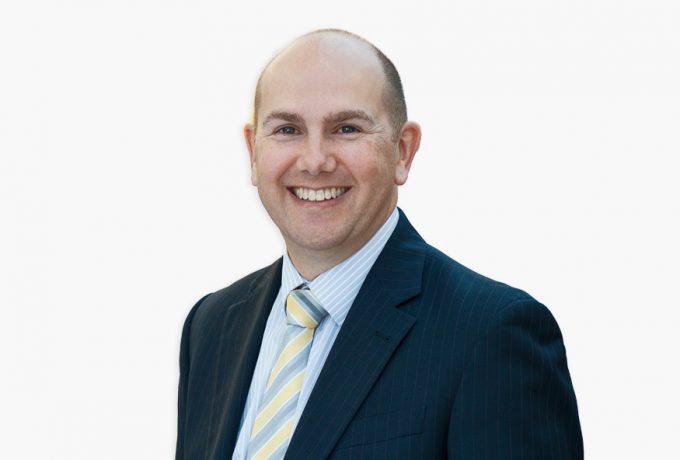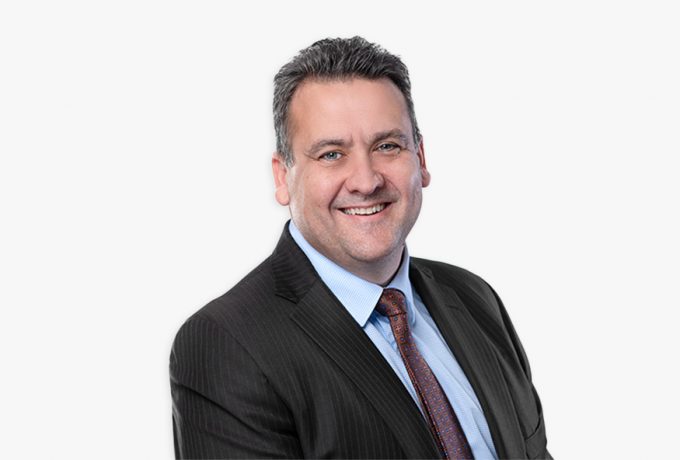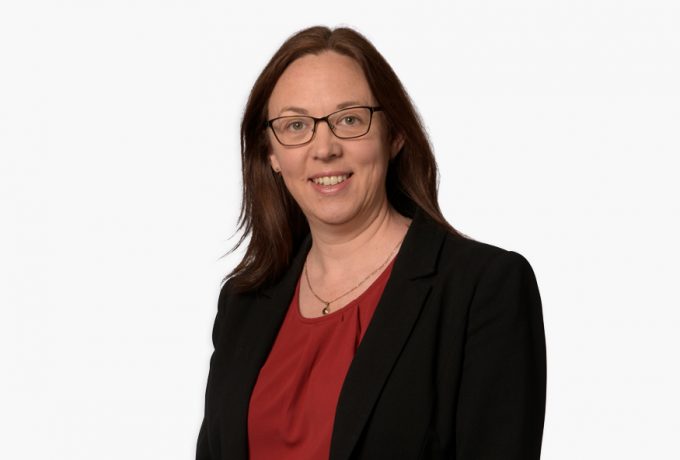
Key points
- Legislation for the new tax was introduced into Parliament on 30 November 2023 with a stated commencement date of 1 July 2025.
- Subject to legislative passage, it will apply a new tax of 15% on the proportion of a super fund member’s ‘earnings’ above $3m across a financial year
- Individuals with large super balances should start considering the best approach if the new tax is enacted as currently proposed.
Further to previous announcements, the Government has now introduced legislation into Parliament on 30 November 2023 (which is yet to progress), that will apply an additional 15% tax on earnings on superannuation account balances above $3m.
Legislation introduced
The tax design adopted in the legislation presented to Parliament is broadly unchanged from earlier announcements and includes the contentious elements from the original policy proposal including:
- The mechanism for calculating ‘earnings’ on which the new tax will apply remains based on the movement in a member’s superannuation balance across a year. That means the new tax will be applied to unrealised increases in asset values;
- There is no indexation of the $3m threshold above which the new tax will apply;
- Negative earnings will not give rise to a tax refund, instead a loss will arise that can be carried forward and only used to offset future liabilities to the new tax.
Commencement
The new tax was introduced on 30 November 2023 and is awaiting debate with a stated commencement date of 1 July 2025.
It appears the Government intends to push ahead with its proposal despite the design flaws highlighted in earlier consultation.
If the new tax is enacted in its current form, individuals with balances above the $3m threshold will need to assess whether super remains the best structure to hold some of their investment assets. The approach of taxing unrealised gains in super means predominately growth orientated investments may be taxed less in a different investment structure, such as a trust or a company.
As drafted, it seems possible that someone with a large super balance could unwind their super to the $3m threshold by 30 June 2026 and not be subject to the new tax.
Restructuring however might not be straight forward as restructure costs might be prohibitive or outweigh any tax benefits.
Proposed new Division 296
The new tax will be included under proposed new Division 296 of the Income Tax Assessment Act 1997 and will apply at the rate of 15% to the proportion of ‘earnings’ above $3m at the end of the financial year under the following formula:
(New) 𝑇𝑎𝑥 𝐿𝑖𝑎𝑏𝑖𝑙𝑖𝑡𝑦 = 15 𝑝𝑒𝑟 𝑐𝑒𝑛𝑡 × 𝐸𝑎𝑟𝑛𝑖𝑛𝑔𝑠 × 𝑃𝑟𝑜𝑝𝑜𝑟𝑡𝑖𝑜𝑛 𝑜𝑓 𝐸𝑎𝑟𝑛𝑖𝑛𝑔𝑠
The new 15% tax will be in addition to the tax paid on assessable income by the superannuation fund.
The new tax will be assessed to the individual by the ATO in the same way Division 293 tax is levied. The individual can pay the tax personally or elect for their superannuation fund to pay.
Proportion of earnings calculation
The proportion of earnings above $3m at the end of the financial year subject to the new 15% tax will be calculated under the following formula:
𝑃𝑟𝑜𝑝𝑜𝑟𝑡𝑖𝑜𝑛 𝑜𝑓 𝐸𝑎𝑟𝑛𝑖𝑛𝑔𝑠 = Total Super Balance 𝐶𝑢𝑟𝑟𝑒𝑛𝑡 𝐹𝑖𝑛𝑎𝑛𝑐𝑖𝑎𝑙 𝑌𝑒𝑎𝑟 − $3 𝑚𝑖𝑙𝑙𝑖𝑜𝑛
Total Super Balance 𝐶𝑢𝑟𝑟𝑒𝑛𝑡 𝐹𝑖𝑛𝑎𝑛𝑐𝑖𝑎𝑙 𝑌𝑒𝑎𝑟
Earnings component
The proportion of earnings above $3m at the end of the financial year subject to the new 15% tax will be calculated under the following formula:
𝑃𝑟𝑜𝑝𝑜𝑟𝑡𝑖𝑜𝑛 𝑜𝑓 𝐸𝑎𝑟𝑛𝑖𝑛𝑔𝑠 = Total Super Balance 𝐶𝑢𝑟𝑟𝑒𝑛𝑡 𝐹𝑖𝑛𝑎𝑛𝑐𝑖𝑎𝑙 𝑌𝑒𝑎𝑟 − $3 𝑚𝑖𝑙𝑙𝑖𝑜𝑛
Total Super Balance 𝐶𝑢𝑟𝑟𝑒𝑛𝑡 𝐹𝑖𝑛𝑎𝑛𝑐𝑖𝑎𝑙 𝑌𝑒𝑎𝑟
Exemptions
There are three exceptions where the new tax will not be applied:
- Where a member dies during a year;
- Child recipients of pensions funded from death benefits
- Individuals who have received a structured settlement payment for personal injury.
Conclusion
Any restructure decisions should wait until the final tax design is known, however individuals with large super balances should start considering what the strategy might be if the new tax is enacted as currently proposed.
If you would like to discuss your circumstances further, please contact us











